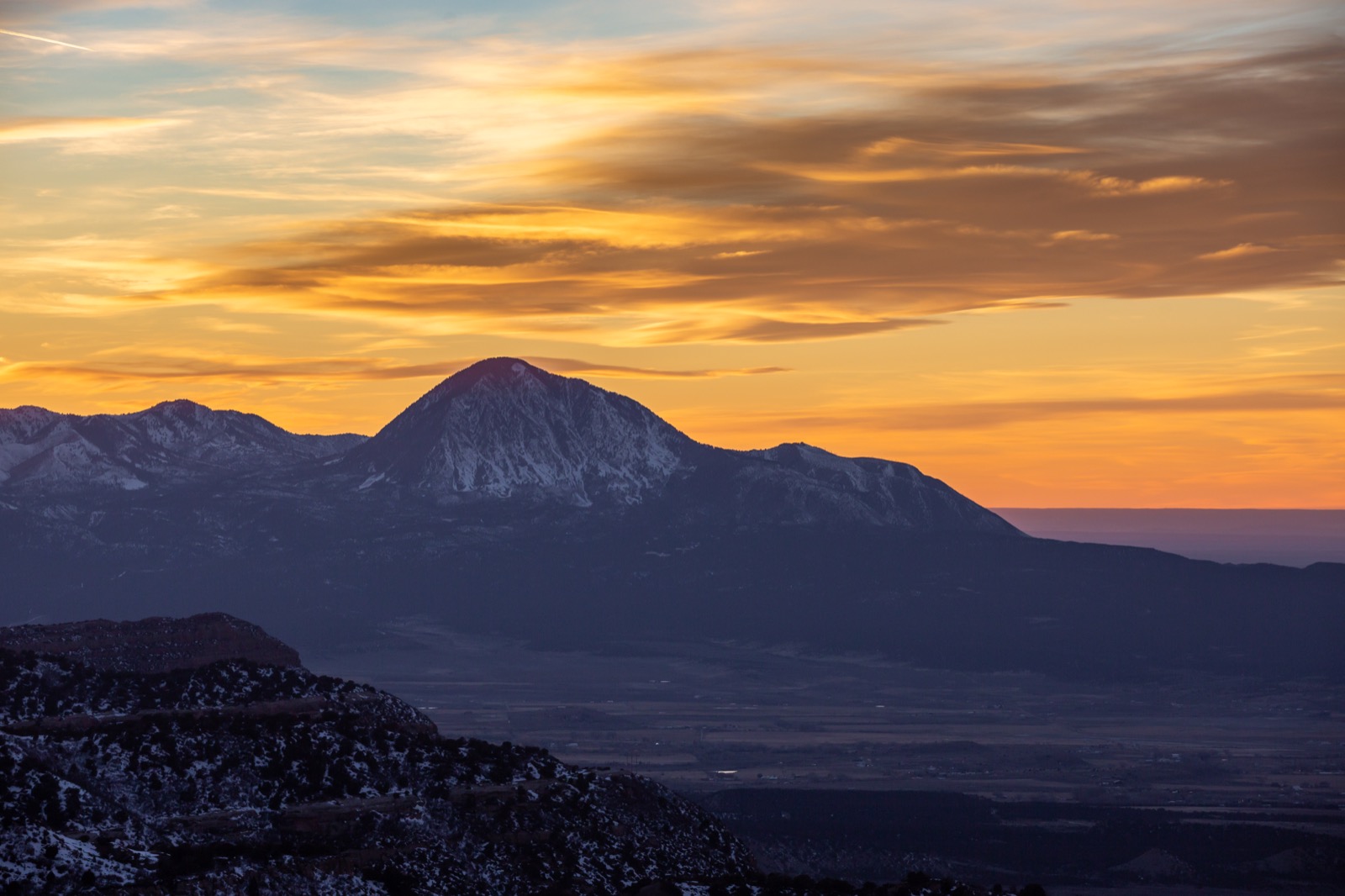A Journey Through Time
Mesa Verde Country, famed for its ancient cliff dwellings and natural beauty, also holds a captivating rail history that weaves together the area’s pioneer spirit, ingenuity, and modern-day adventures. From the construction of vital railroads to the quirky innovation of railcars like the Galloping Goose, the railroad’s impact on this region is a story of connection, perseverance, and transformation.
The Birth of the Rio Grande Southern Railroad
In 1891, the Rio Grande Southern Railroad (RGS) was built under the leadership of Otto Mears, famously known as the “Pathfinder of the San Juans.” Stretching over 160 miles, the RGS connected Ridgway to Durango, traversing towns like Telluride, Rico, Dolores, and Mancos. The railroad’s primary function was to haul silver and gold from mines near Telluride and Rico, as well as passengers and mail.
Initially, the railroad prospered, bolstered by the mining boom. The RGS hauled hundreds of tons of ore and passengers, making it financially robust in its early years. However, in 1893, the Sherman Silver Purchase Act triggered the Silver Panic, devastating silver prices and forcing mine closures. Thousands fled the area, and the RGS entered into economic struggles. Despite financial instability, the railroad endured, adapting to serve freight and passenger needs in increasingly resourceful ways.
The Galloping Goose: A Railcar of Necessity
By the 1930s, the economic pressures of the Great Depression and competition from emerging highways demanded drastic measures. The RGS’s innovative response came in the form of the Galloping Goose Motors, a fleet of hybrid railcars designed for efficiency. Built at the Ridgway shops under the guidance of master mechanic Jack Odenbaugh, the first Goose debuted in 1931.
Each Goose was crafted using automobile parts and adapted to run on narrow-gauge tracks. Goose No. 5, for instance, was built with a 1928 Pierce-Arrow limousine body and later fitted with a World War II-era GMC engine. Equipped with a single crew member and powered by gasoline instead of steam, these quirky vehicles offered an economical way to transport small freight loads, passengers, and the all-important U.S. mail.
With their waddling gait over uneven tracks and honking horns, the Galloping Geese became iconic symbols of resourcefulness in the Mesa Verde region. Their service continued until the RGS ceased operations in 1952.

Decline and Preservation
The rise of automobiles, buses, and improved roads gradually made railroads less-traveled. By the 1950s, declining freight and passenger traffic, coupled with the loss of the U.S. Mail contract, sealed the RGS’s fate. Tracks were removed by 1953, but the legacy of the railroad—and the Galloping Geese– lived on.
Galloping Goose No. 5 found a permanent home in Dolores, purchased by the Rotary Club for $250 and displayed in Flanders Park. In 1998, the Galloping Goose Historical Society restored No. 5 to operational condition. Today, it is a beloved attraction, making appearances on the Cumbres & Toltec Scenic Railroad and the Durango & Silverton Narrow Gauge Railroad during special events.

Experiencing the Railroad Legacy
Visitors to Mesa Verde Country can immerse themselves in the region’s railroad history through several unique experiences:
- Galloping Goose Historical Museum (Dolores): Housed in a replica of the original RGS depot, the museum showcases artifacts, a diorama of the Dolores rail yard, and interpretive displays of the Galloping Goose and the RGS.
- Flanders Park: Home to Galloping Goose No. 5, this park offers a close-up look at one of the most distinctive railcars ever built.
- Durango & Silverton Narrow Gauge Railroad: This scenic railway offers travelers a chance to experience the breathtaking landscapes of the San Juan Mountains, echoing the RGS’s heyday.
Plan Your Adventure
Mesa Verde Country’s rail history is a testament to human ingenuity and resilience. From its boomtown beginnings to the enduring charm of the Galloping Goose, the region invites travelers to relive a golden era of railroads while exploring the beauty and history of Southwest Colorado.
On your next vacation, let adventure ride easy into the station when you explore Mesa Verde Country by rail!







